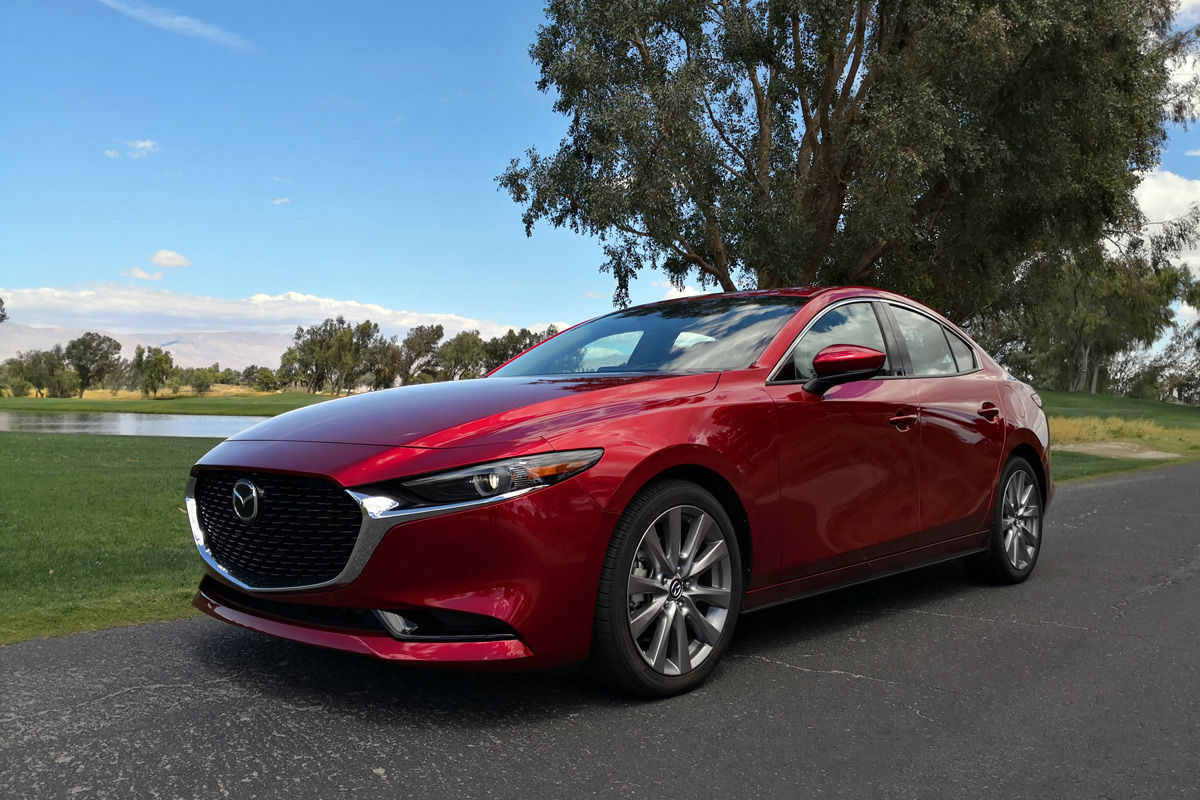Guy Stuff
How Safe Is Your New Or Next Car?
Are you in the market for a new car? Or perhaps looking to upgrade to something that’s bigger, faster, more reliable? Whether you’re buying a new car from an auto dealer or something that’s new to you, you have to consider four important factors: the type of vehicle (EV vs gasoline vs hybrid), your budget, the size of the car, and what’s most vital above all is its safety rating.
For a family that’s growing, car safety is usually at the top of the list when researching new cars. However, if your next car is a used car, you may have to do a little more homework when reviewing a car for safety. Here are some tips to ensure you know how safe your car is.
Use the NHTSA Vehicle Comparison Tool
The National Highway Traffic Safety Administration Vehicle Comparison Tool helps buyers understand how safe their vehicles are after being tested in crash scenarios. How well they protect passengers is given a rating out of five. The NHTSA conducts controlled collision tests from the front, side, and rollover as well as sideways crashes into a pole. All you need to know is the make, model, and manufacture year of your next vehicle. It also works on used cars, but it may not be as reliable: more on that later.
The NHTSA also gives you information on how safe certain brands or models of tires are using the Uniform Tire Quality Grading System.
Newer safety features to look out for
Before the rise of computer aided driving, safety features may have been limited to crumple zones and airbags. Now, on-board cameras, radar, and other features can also help you avoid accidents and other incidents. Electronic Stability Control (ESC) that automatically applies brakes during skidding or sliding is a must for those who live in wintry states; Autonomous Emergency Braking does something similar, if it detects an imminent crash, it hits the brakes for you. Reverse cameras help you avoid scraping other cars or pedestrians, and blind spot monitoring helps you with changing lanes and other potential hazards.
Post-collision safety
In the event of a fender bender or accident, you may want to assess whether the car comes with hazard lights, hazard triangles, and other safety features that help protect the safety of bystanders and other road users. This may not be a dealbreaker, but if a seller or car comes with these added features, it should merit a higher spot on your shortlist.
Older vehicles – are they serviced correctly?
If you are considering purchasing an older vehicle on the open market, you need to assess whether it has been tuned and serviced according to the logbook. If your seller is evasive when talking about the logbook, walk away. You may also insist the car is given a once over and multi-point safety check to ensure all the safety features, mechanics, and electrics are in good working order.
With all this in mind, you can rest assured you’ll make an informed decision when it comes to the safety of you next vehicle.

















Recent Comments